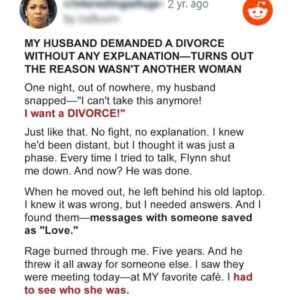Liam Payne Dies: According to the initial reports, the 31-year-old British singer, who was reportedly found in the hotel’s interior patio was under the effects of drugs and alcohol.
One Direction Singer Liam Payne Dies After Fall From Balcony In Argentina
Written by Satata Karmakar |Published : October 17, 2024 10:43 AM IST
Liam Payne Death News: Famous One Direction singer Liam Payne died on Wednesday after falling from the third-floor room balcony of his hotel in Buenos Aires, Argentina, police reports confirm. He was 31.
In a statement, the capital police said they were called to the hotel in the capital’s leafy Palermo neighbourhood where they were notified of an “aggressive man who could be under the effects of drugs and alcohol.” Speaking to the media, the hotel manager said he heard a loud noise at the back of the hotel, and upon reaching the spot with police, they found that a man had fallen over the balcony in his room.
Following news of his tragic demise, his final Snapchat post and many other photos believed to be from his hotel stay, soon his posts went viral online. Among the many shared posts that flooded social media, was a 911 audio call that he made right before his death.
According to the call, the singer was allegedly acting erratically and was believed to have been under the influence of drugs and alcohol.
Liam Payne Opened Up About Mental Health, Addiction Struggles
This comes a little while after the singer opened up about mental health, addiction and sobriety struggles. The 31-year-old singer had discussed hitting “rock bottom” while in One Direction in a conversation back in 2021, where he addressed alcoholism and suicidal ideation.
In order to understand how excessive alcoholism and drug abuse can trigger mental health-related problems.
Substance Abuse and Mental Health: The Devastating Link Between The Two
Alcoholism and drug abuse extend beyond mere habits; they’re closely linked to mental health challenges, says the World Health Organisation (WHO). But why do people turn to these substances? What makes them lead to mental health struggles? Let’s know this from the mental health experts. “Alcoholism can take a serious toll on mental well-being. Regular alcohol consumption alters the chemistry in our brains, which can affect mood and behavior significantly. Those who struggle with alcoholism often suffer from heightened anxiety, depression, and stress. The initial uplifting effects of drinking can quickly spiral into feelings of sadness and desperation. This emotional rollercoaster can worsen existing mental health problems, forming a daunting cycle that’s hard to escape,” says mental health specialist Dr Chandrika Pal.
Highlighting how drug abuse messes up the brain, Dr Pal explained – “Different substances, from opioids to stimulants, can either trigger or amplify mental health issues. For instance, stimulants like cocaine can induce anxiety and paranoia, while opioids are often linked to depression and mood fluctuations. These drugs hijack the brain’s reward pathways, leading to dependency that can precipitate mental health crises. Grasping how various drugs interact with the brain is vital for addressing these concerns”.
The biopsychosocial model has explained the link between these three – mental health, drug abuse, and alcoholism. This model says biologically, genetic predispositions can heighten the risk for addiction and mental health disorders, psychologically, individuals with past traumas or unresolved mental health struggles might turn to substances for relief, and socially, peer pressure, family habits, and financial stability also play crucial roles. Recognizing these connected factors is key to successful treatment and prevention.
Liam Payne: Gone Too Soon!
Payne rose to global fame as part of the since-disbanded pop band One Direction, alongside Harry Styles, Zayn Malik, Niall Horan and Louis Tomlinson. However, as of now, it seems like the singer was dealing with mental health issues. One Direction was ranked the third greatest boy band of all time by Entertainment Weekly in 2024.
SOURCE




